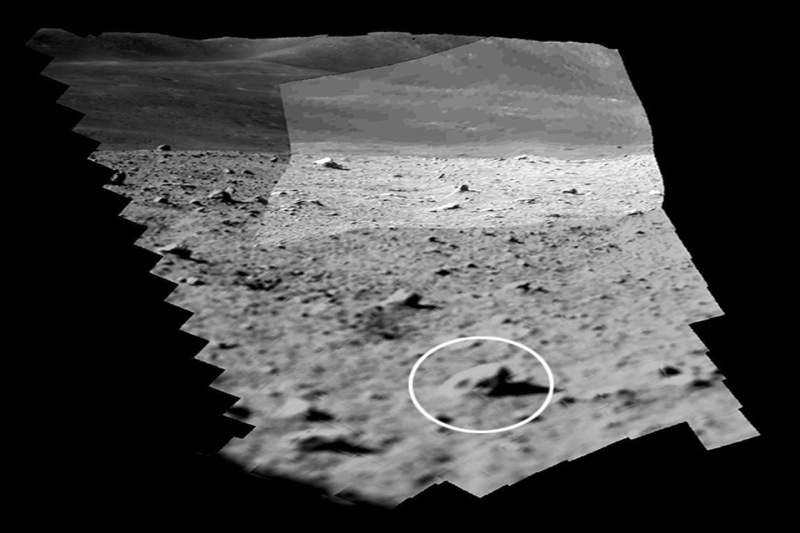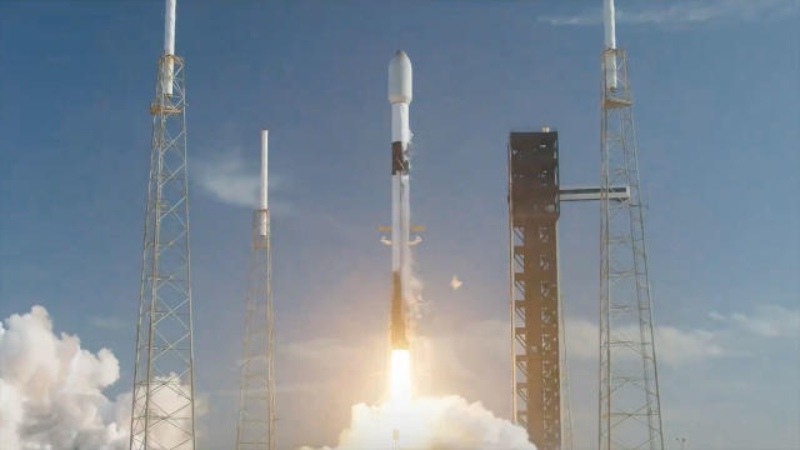Ahead of what is expected to be the mission’s final chilly lunar night, Japan’s historic SLIM moon lander has shut down, but not before capturing some last photos and a ton of scientific data.
Despite engine issues that caused it to land upside-down, the “Smart Lander for Investigating Moon,” or SLIM, successfully touched down on the edge of the Shioli crater on January 19. Due to the spacecraft’s solar cells facing westward and their inability to receive the anticipated amounts of sunshine, operations on the lunar surface were initially severely limited. However, about ten days after landing, SLIM joyously awoke when the sun finally reached its panels.
In order to gather information regarding the composition of the adjacent lunar surface, the Japan Aerospace Exploration Agency (JAXA), which runs SLIM, has been using the spacecraft’s Multi-Band Camera (MBC) to scan it during the past few days.
According to the charity Planetary Society, MBC is intended to identify olivine and other minerals by examining the light fingerprints, or spectra, of reflected sunlight.
On January 31, Japan time, JAXA’s SLIM account on X, formerly Twitter, shared a last photo captured by SLIM’s navigation camera. The account also confirmed that the spacecraft had really entered a dormant condition as anticipated.
Before SLIM can possibly be revived again, JAXA will need to wait out the about 14.5 Earth-day long lunar nighttime and then wait for optimal lighting and temperature conditions later in the next lunar daytime (which starts around Feb. 15). However, in order for the probe to come back to life, its electronics must be able to withstand the – 208 degrees Fahrenheit (below 130 degrees Celsius) nighttime temperatures on the equatorial moon.
But whether or not SLIM awakens, the spacecraft has accomplished all of its extended mission objectives, including a precise landing, the deployment of two mini rovers and their successful demonstration of interoperability, and the collection of an abundance of science data.
Labeled photos of MBC’s spectroscopic imaging targets, showcasing the different rocks and regolith under study, were also shared on SLIM’s X account.
“Based on the large amount of data we have obtained, we are proceeding with analyses to identify rocks and estimate the chemical composition of minerals, which will help solve the mystery of the origin of the moon,” a Google machine translation of a Feb. 1 JAXA statement read.
“We will announce scientific results as soon as they are obtained,” the statement added.
Topics #(JAXA) #Moon lander










